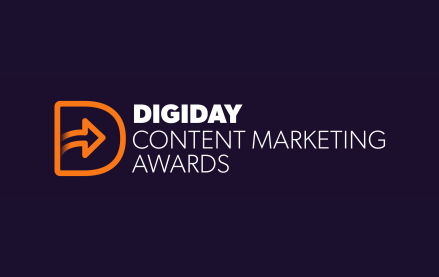
comScore reports that 54% of all display ad impressions are not viewable. The reasons are many: below-the-fold impressions, rapid scrolling, nonhuman traffic and more. With Forrester expecting $20 billion to be spent on display in 2014, this is over $10 billion in costs that needs to be addressed.
Phil Schraeder, COO of GumGum, discussed the problem at last month’s Digiday Agency Summit, noting that, “Consumers can’t engage with ads they can’t see.” And even if ads are being displayed front and center, there’s no assurance that visibility translates to viewability.
Rather, pairing ads with elements on the page likely to attract eyeballs (e.g. images) is a winning tactic. It can both raise the ad’s viewability level and help associate it in the viewer’s mind with the subject of the content. Schraeder’s example of pairing an ad with images of Katy Perry succeeded in doing just that.
See full video of his talk below.
Tech Talk with GumGum: Viewability in Focus from Digiday on Vimeo.
More from Digiday

Google delays third-party cookie demise yet again
For now, Google seems to have next year in mind as the latest end date for its plan to eliminate third-party cookies.

Amazon Ads, Reddit and MTV are 2024 Digiday Content Marketing Award finalists
This year’s Digiday Content Marketing Awards finalists focused on creating more relatable, interactive campaigns to improve consumer engagement. These shortlist entries showcase the companies and campaigns successfully using content to modernize media and marketing. With themes spanning social responsibility, personalization, collaborative campaigns with shoppable content and messaging with storytelling and humanization at the core, these […]

Publishers revamp their newsletter offerings to engage audiences amid threat of AI and declining referral traffic
Publishers like Axios, Eater, the Guardian, theSkimm and Snopes are either growing or revamping their newsletter offerings to engage audiences as a wave of generative AI advancements increases the need for original content and referral traffic declines push publishers to find alternative ways to reach readers.





